The 9th edition of Art Safari presents an extensive exhibition dedicated to the great master Theodor Aman, “Theodor Aman. The First Romanian Modern Artist”, curated by Elena Olariu, Deputy Director of the Bucharest Municipality Museum.
Theodor Aman was a Romanian painter and engraver, pedagogue, academician, and founder of the first Romanian school of fine arts. Theodor Aman is considered the painter who modernized Romanian painting, being a reference name for the local visual culture.

Visitors are invited to discover more than 100 works obtained through the support of 16 museums and cultural institutions in the country. Some of the works come from private collections, so the event offers the opportunity to admire works that are not usually exhibited in public space.
Curator Elena Olariu proposed an exhibition concept that follows the main themes of interest for Theodor Aman, the exhibition is divided into six pavilions that allow following the artistic path in a more comprehensive way for the viewer.
The first pavilion in the exhibition “Theodor Aman. The First Romanian Modern Artist” reflects the bourgeois lifestyle of the Bucharest social and cultural elite at the end of the 19th century. Opulently costumed characters are placed in the middle of scenography painted to the smallest detail, especially if we talk about the compositions in which the musical soirees from the artist’s house are represented, which had become a mundane space of reference in Bucharest, frequented also by Princess Elisabeta, the future Queen of Romania.
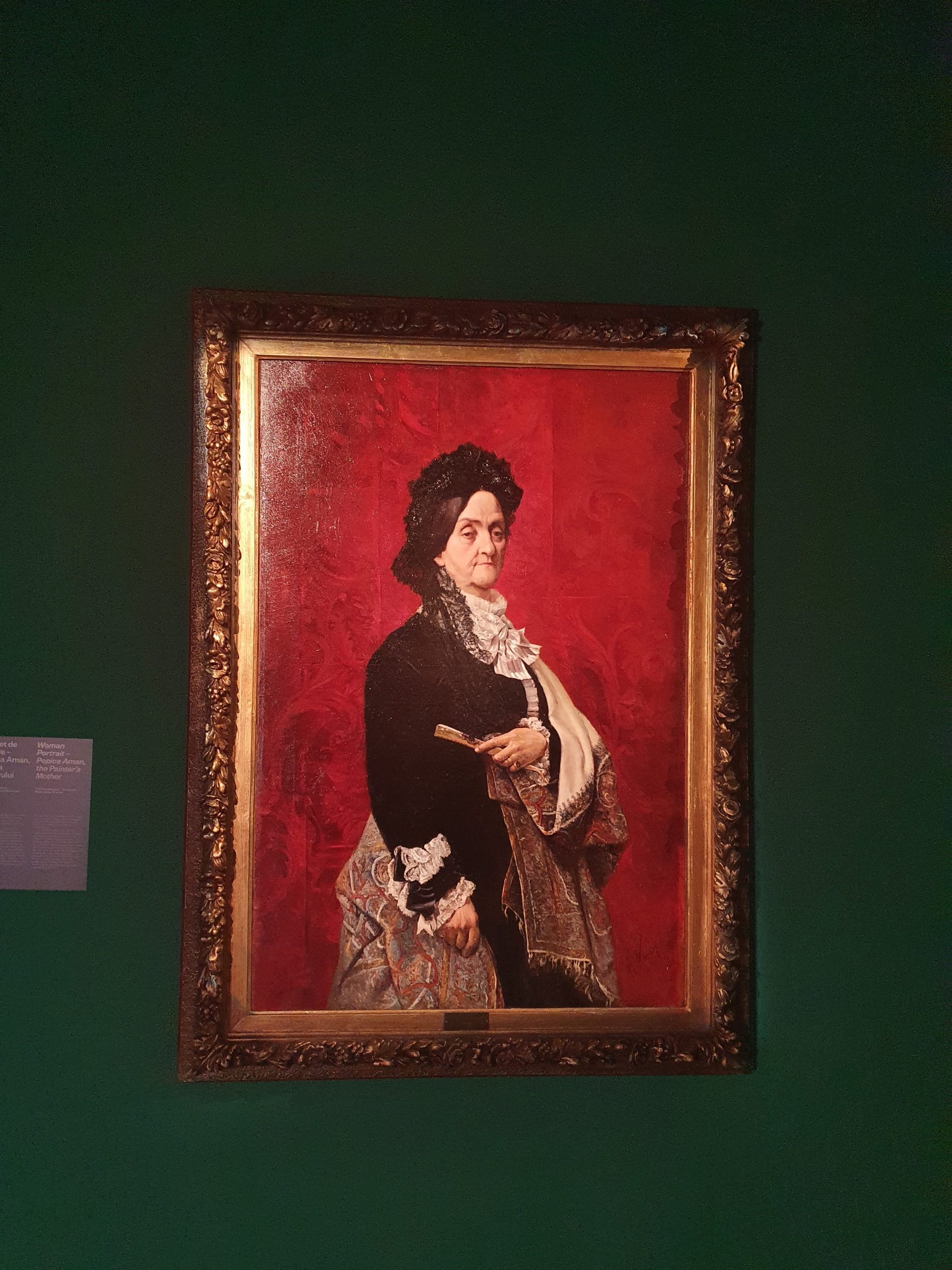
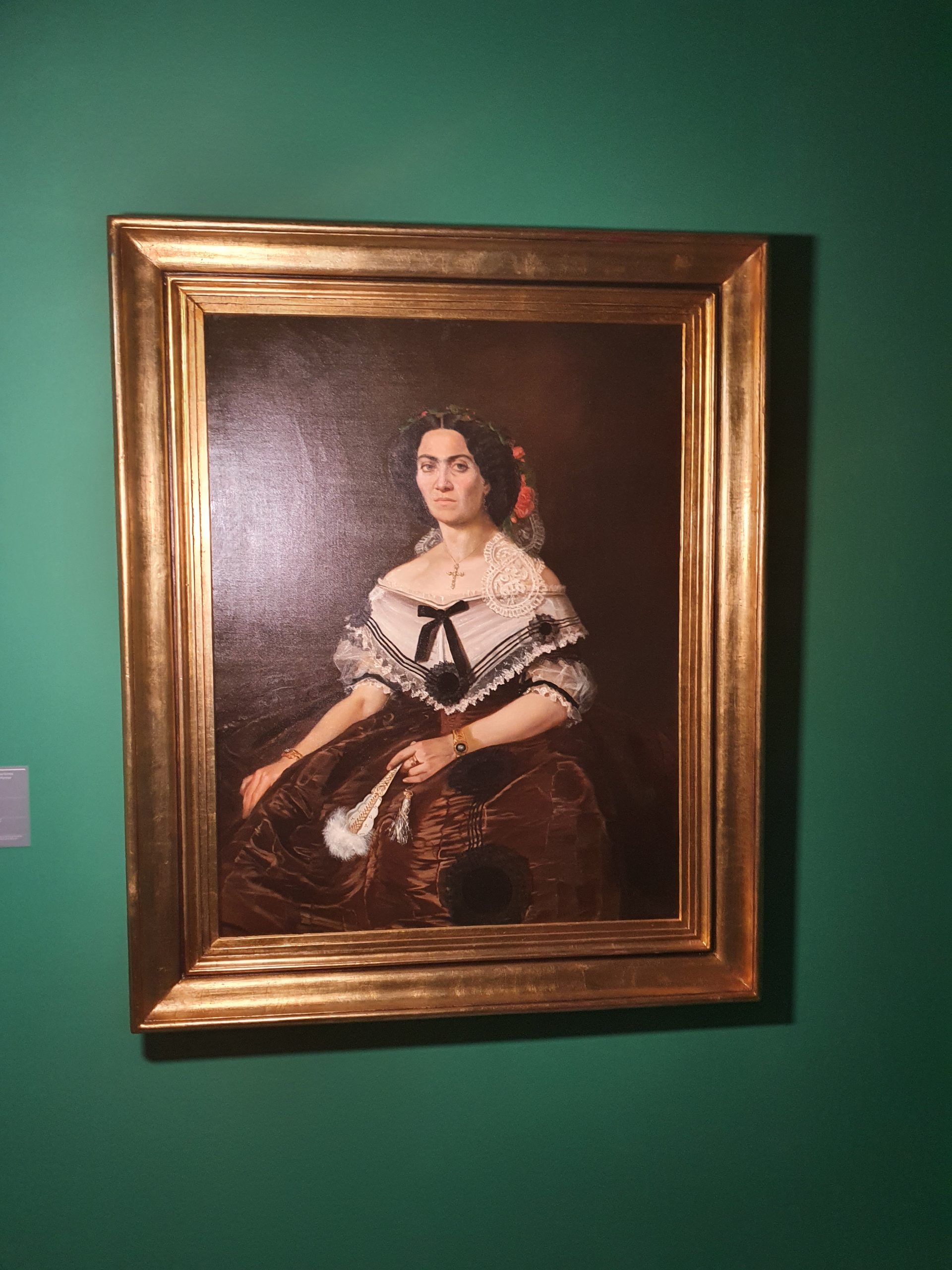
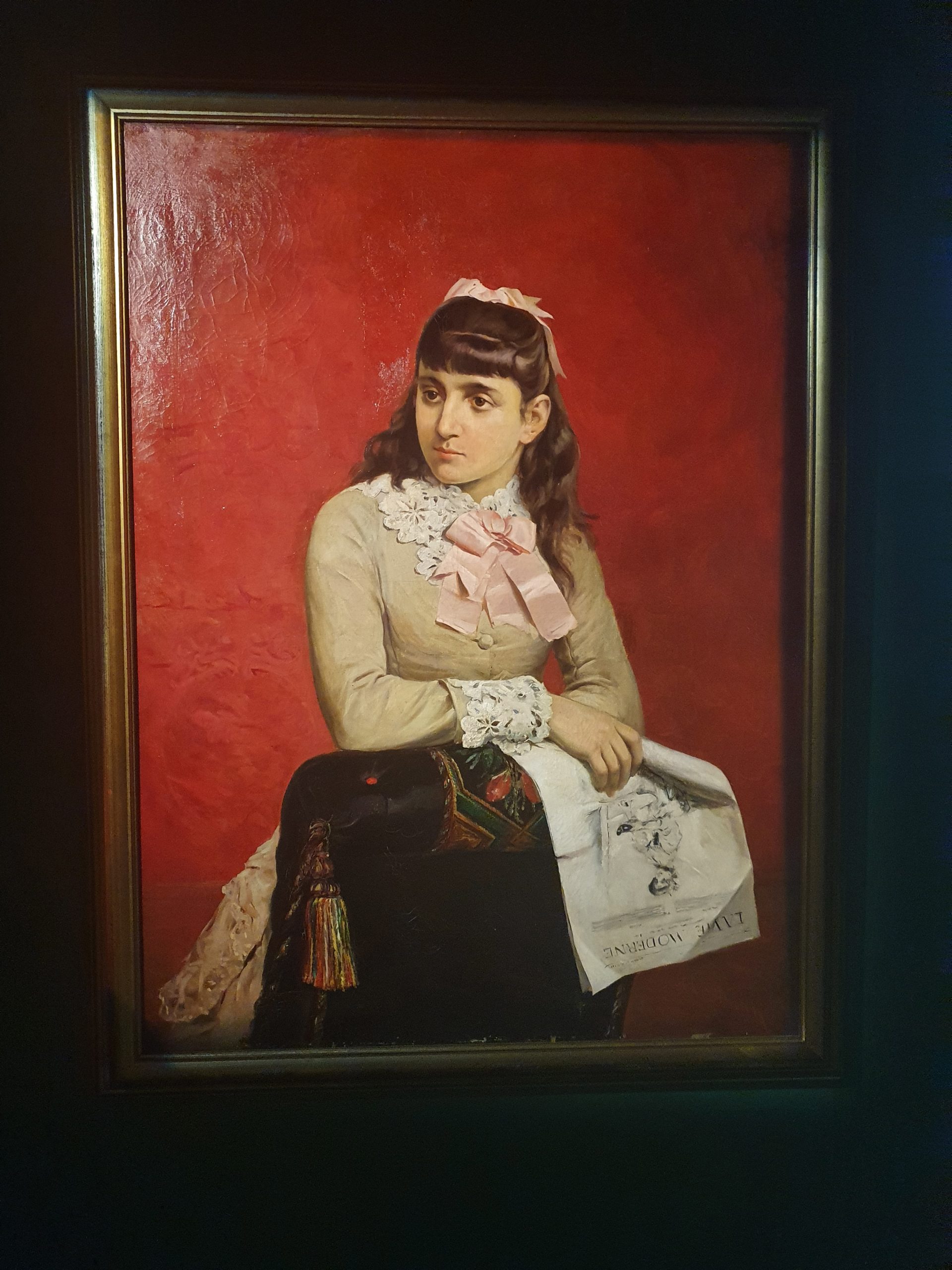
The second pavilion is dedicated to the portraits painted by Theodor Aman, portraits of important personalities from the high society of Bucharest at that time, most of them being commissioned. In addition to the portraits for the Romanian aristocracy and those for the newly emerged institutions, Theodor Aman also painted his mother, Pepica, or Ana, his wife, who was also his main muse, offering the viewer details about the female lifestyle of the second half of the 19th century.
The third pavilion is dedicated to the still life paintings, Theodor Aman being recognized for the materiality and even the transparency he could offer to the illustrated objects. Along with rich bouquets, he introduced decorative elements specific to that epoch, such as fans, perfume bottles, porcelain, jewelry, and ashtrays.
The fourth pavilion presents the life of peasants, a distinct parallel to the aristocratic environment often painted by the artist. Inspired by the picturesque images from his travels through the countryside, Theodor Aman painted everyday life and activities in all colors.

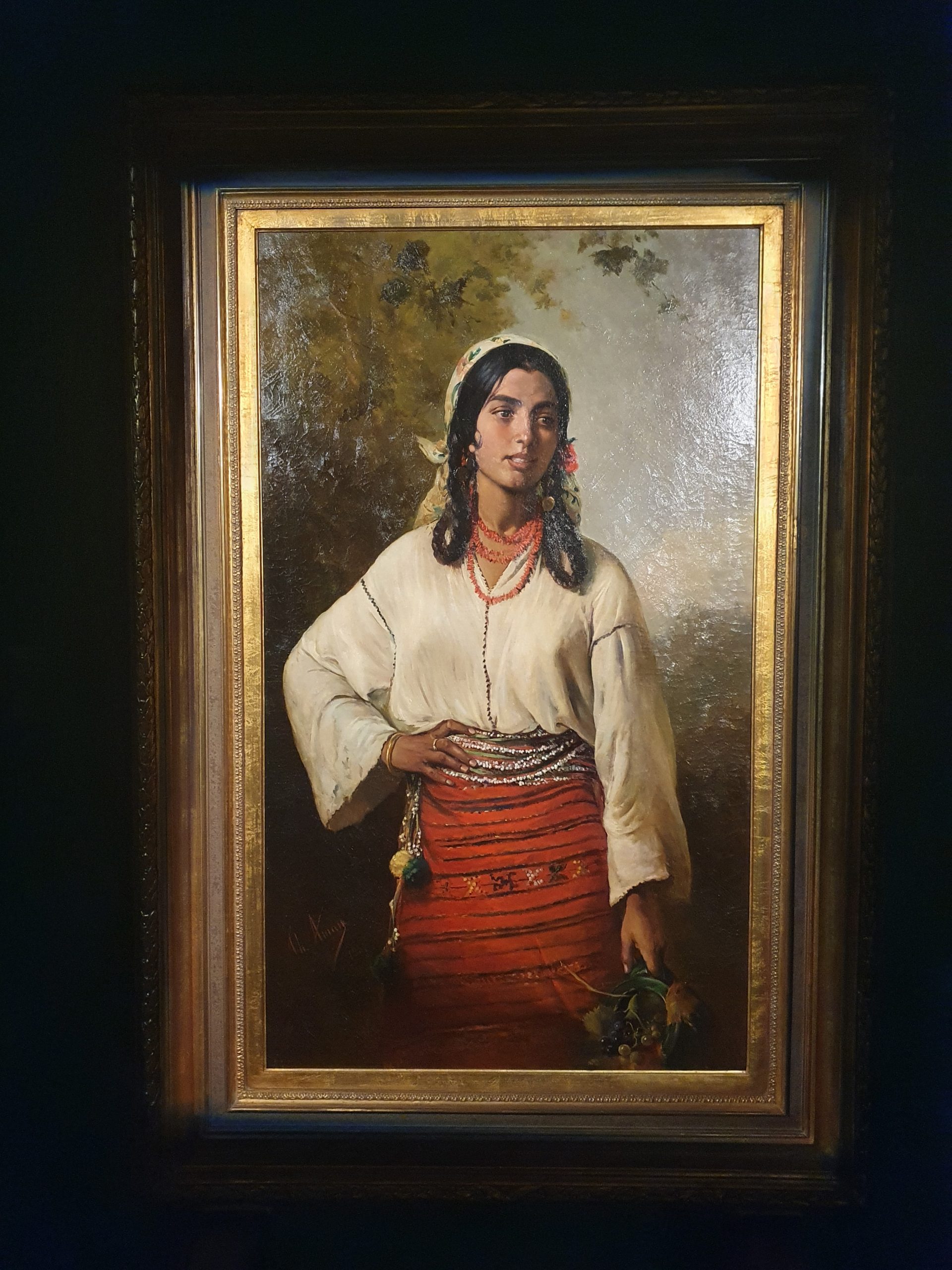

The fifth pavilion is dedicated to Orientalism, including works that Theodor Aman made following his first visit to Istanbul, a city with which he was deeply impressed. Within the illustrated genre scenes, the painter depicts the particularities of the traditional costumes worn on the bank of the Bosphorus, but also of the Ottoman lifestyle.
The last pavilion presents historical events and portraits, in which dramatic compositions capture images of some of the most important battles of our history.
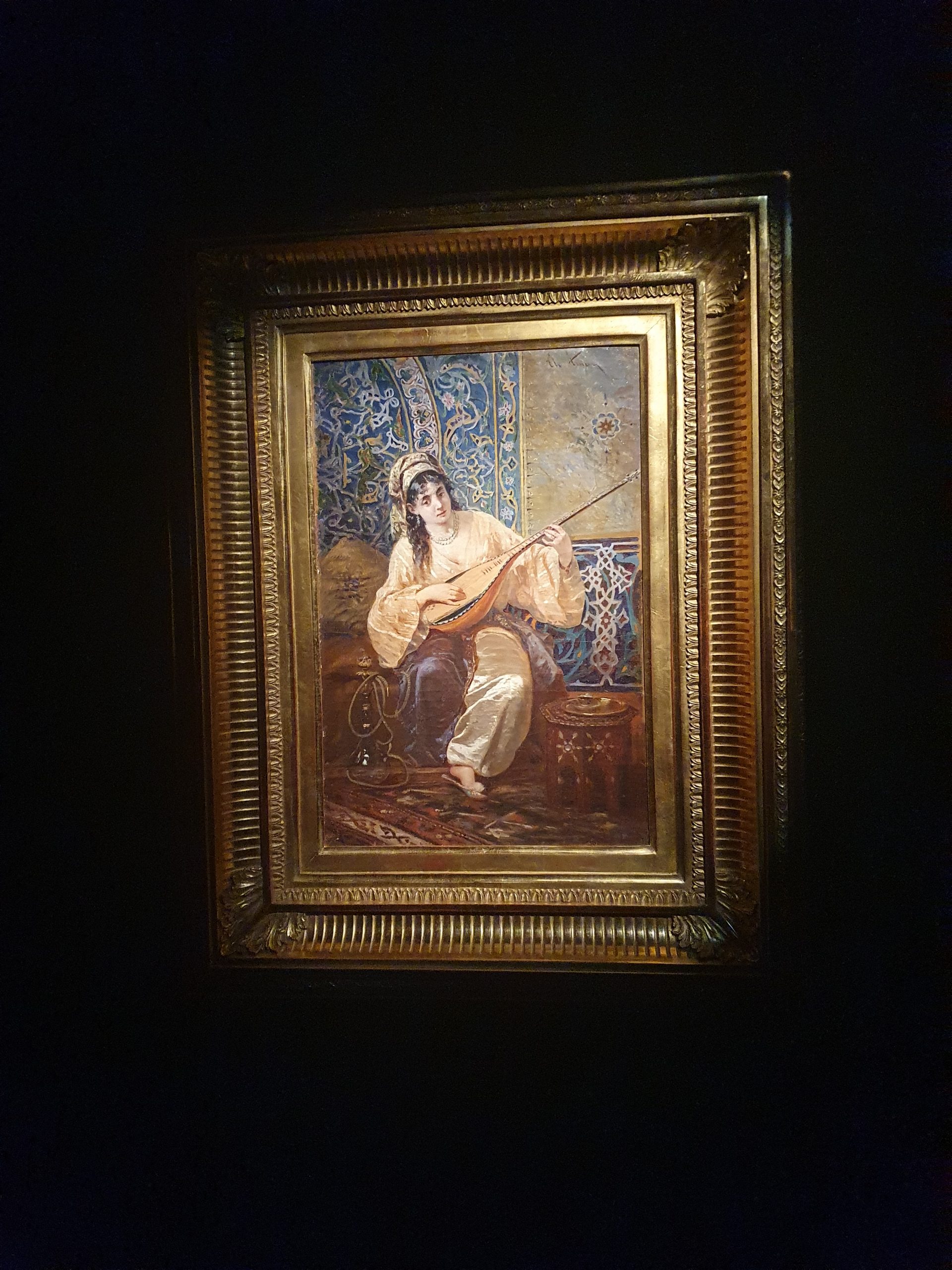
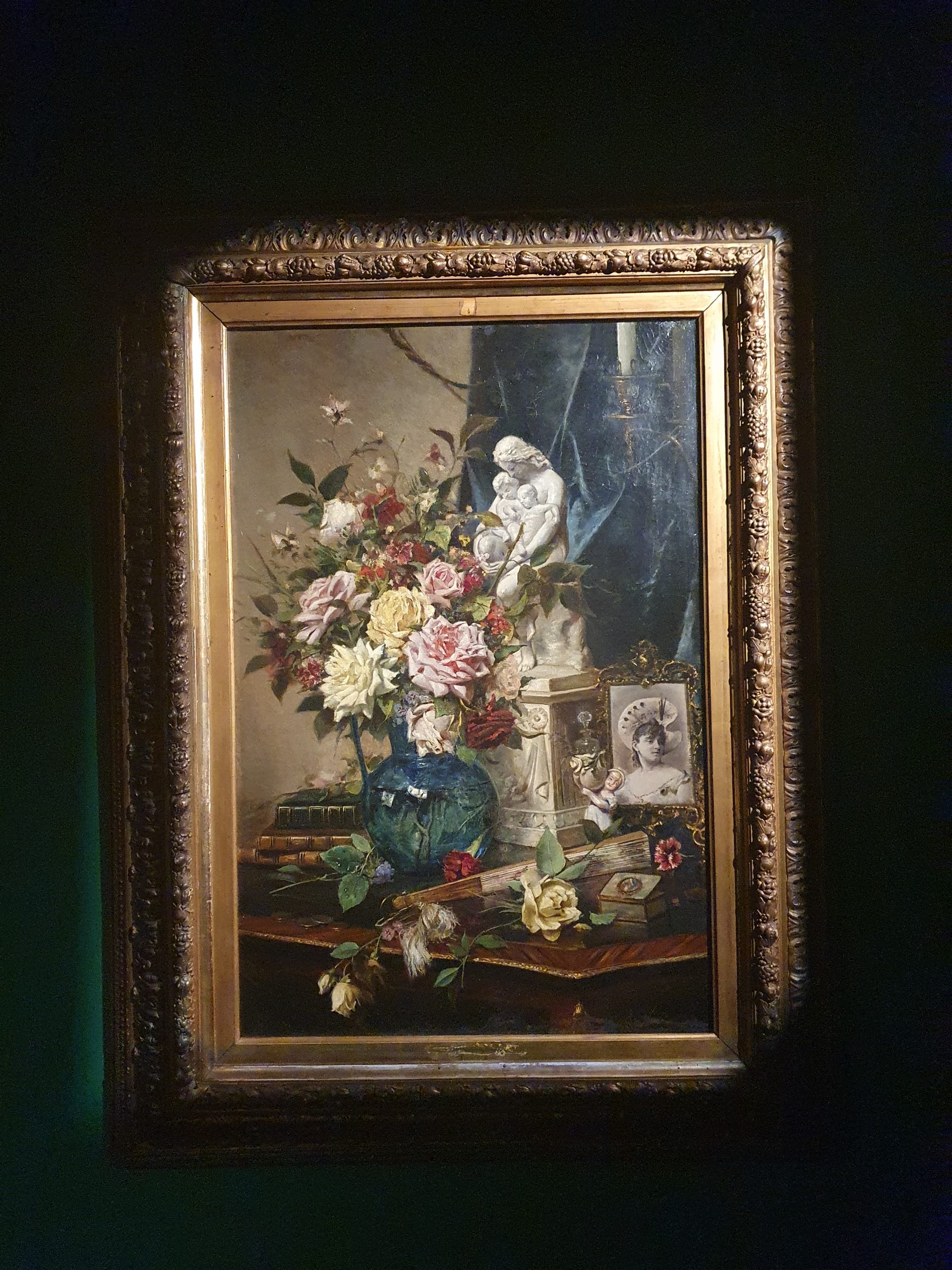
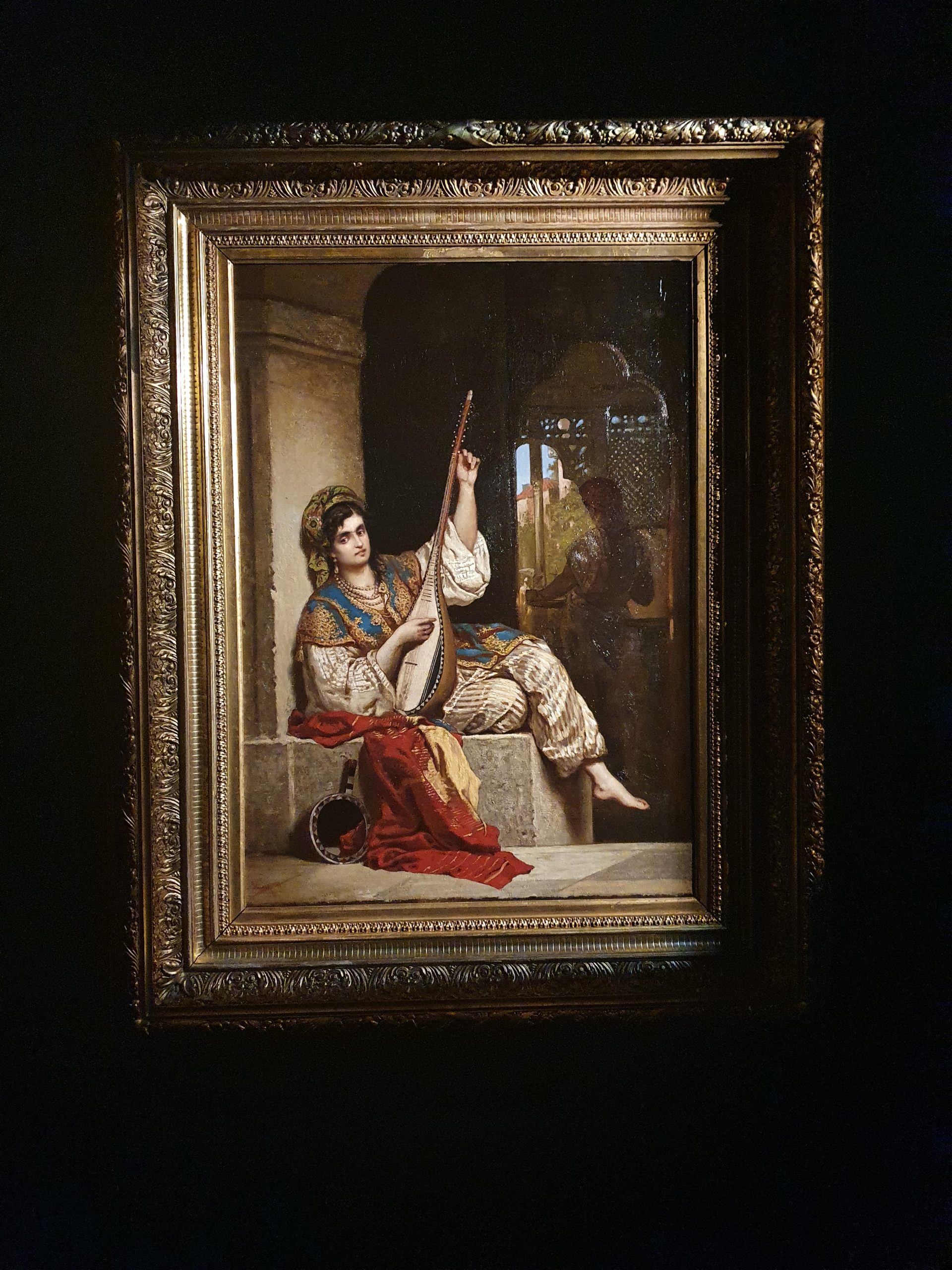
The exhibition “Theodor Aman. The First Romanian Modern Artist” can be visited until August 7, from Thursday to Sunday, at the Dacia-Romania Palace, in the Old Center of Bucharest.




